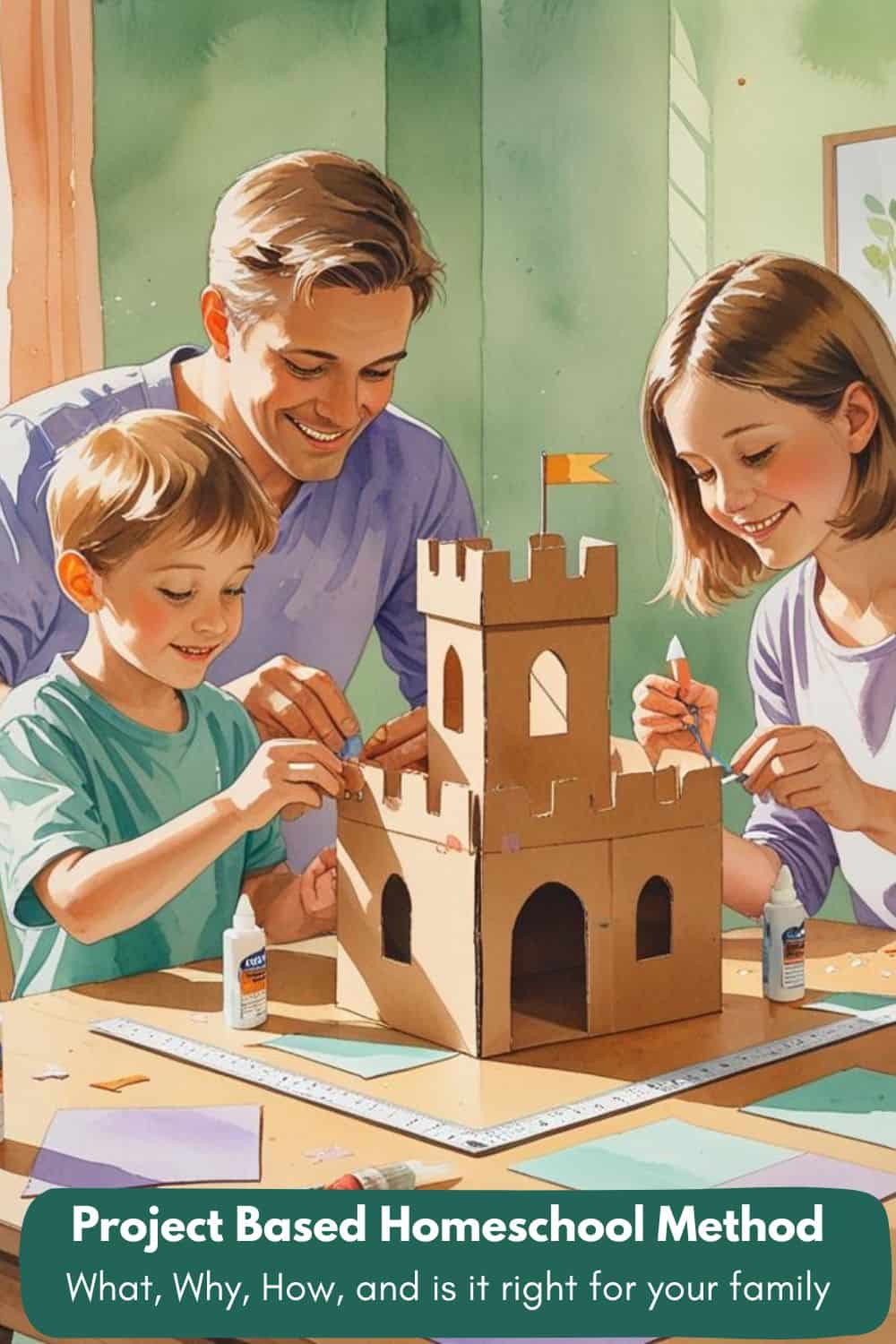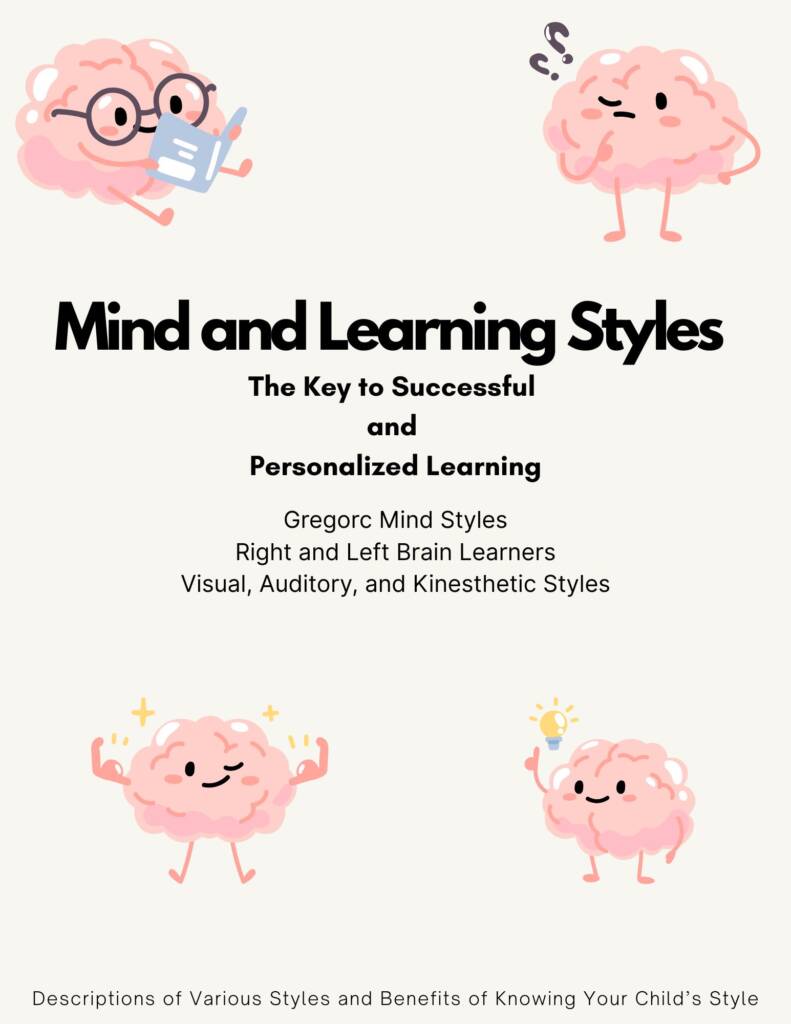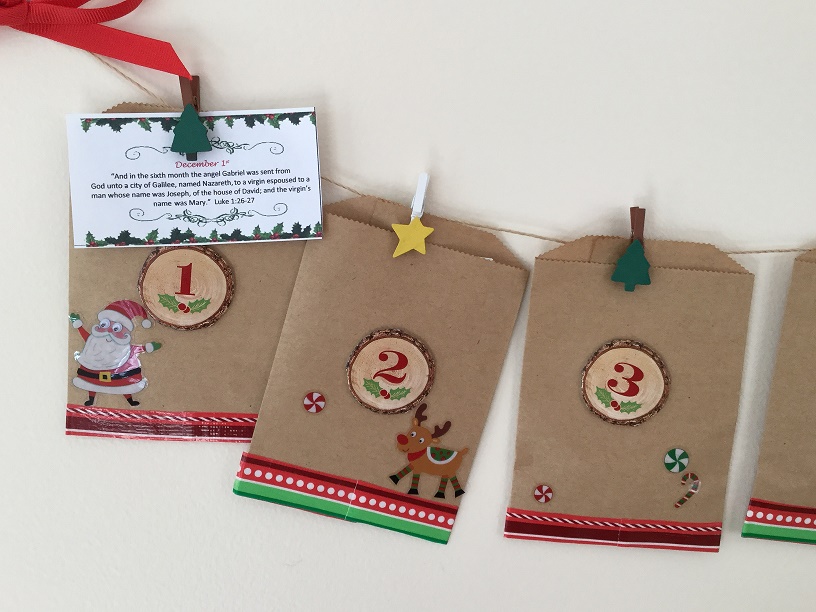This post about the Project Based Homeschool Method is the sixth post in a 10 part series about different homeschooling methods.
This series includes the following homeschooling methods:
- Classical Homeschool
- Charlotte Mason
- Montessori
- Unschooling
- Traditional or School at Home
- Project Based Learning
- Eclectic or Mixed Approach
- Unit Studies or Thematic
- Delight Directed or Interest Led Learning
- Waldorf
Project Based Homeschool Method: Inspiring Creativity and Critical Thinking
Homeschooling opens the door to many teaching methods, from the traditional to the unconventional. One approach that’s gaining popularity among homeschooling families is Project-Based Learning (PBL) — a dynamic, hands-on, and student-centered way to learn that moves beyond textbooks and worksheets.
If you’re a homeschool mom who loves the idea of your children learning by doing, solving real problems, and integrating multiple subjects in meaningful ways, this post is for you.
Let’s dive deep into what project-based learning is, how it works at home, and why it might be the perfect fit for your family and your child’s learning style.
What Is Project-Based Learning (PBL)?
At its core, Project-Based Learning is an educational approach where students learn by engaging in long-term, meaningful projects. Rather than focusing on isolated facts or skills, PBL invites children to tackle complex questions or challenges that require creativity, critical thinking, and collaboration.
Instead of sitting through lectures or completing disconnected worksheets, students:
- Investigate real-world problems or questions
- Collaborate with others (siblings, parents, or community members)
- Integrate different subjects like math, science, language arts, and social studies
- Create tangible products or presentations demonstrating their understanding
In PBL, the project is the curriculum. Children learn through the project, not just about it. With all of the research and in depth learning as part of the project, your child assimilates the materials as their own.
Why Choose Project-Based Learning for Your Homeschool?
1. It Builds Real-World Skills
PBL emphasizes problem-solving, communication, research, and creativity — all essential skills for success in today’s world. Kids learn how to break down complex problems, find resources, and present their findings, which prepares them for life beyond academics.
2. It’s Deeply Engaging
Most children thrive when their learning feels purposeful. Tackling a project about building a simple machine, growing a garden, or creating a family newspaper can make education exciting and relevant.
3. It Integrates Multiple Subjects
Say goodbye to compartmentalized learning. In PBL, children use reading, writing, math, science, and art all at once. For example, a project about recycling could involve studying environmental science, graphing waste data, writing persuasive letters, and making posters.
4. It Encourages Independence and Collaboration
Depending on their age and ability, children take ownership of their projects, making choices about research and presentation. They also learn to work with others, a valuable social skill.
5. It Works Well for Various Learning Styles
Whether your child is a visual learner, a hands-on doer, or a verbal communicator, PBL provides multiple entry points and ways to express understanding.et challenging environment that supports the whole child—emotionally, intellectually, socially, and practically.
How do I know if the Project Based Homeschool Method is right for my child?
Here is a resource I created to assist you in determining your child’s learning and thinking styles with assessments and descriptions and which homeschool method and curriculum is the right for one for them. You will find descriptions of various learning and thinking styles, assessments to determine your child’s styles, suggested teaching methods, materials, and curriculum with links for you to consider that match your child’s styles.

How Does Project Based Learning Work in Homeschool?
Step 1: Choose a Driving Question or Problem or Include a Major Project as Part of a Unit Study
Every project starts with a question or challenge that sparks curiosity. It should be open-ended, meaningful, and linked to real life. You can also choose a topic you are studying as part of a unit study that your child wants to learn more about and have that be the focus of the project.
Examples:
- “How can we reduce waste in our home?”
- “What’s the best way to build a bird feeder?”
- “How do different cultures celebrate the New Year?”
The question sets the direction but doesn’t limit creativity.
Step 2: Plan the Project
Together with your child, brainstorm what they want to learn, what questions they have, and how they might find answers. This stage also includes deciding what subjects and skills to cover, what materials are needed, and what the final product might look like (a report, model, presentation, video, or something else).
Step 3: Research and Exploration
Your child investigates, experiments, and collects information. This could mean reading books, watching videos, conducting experiments, interviewing experts, or going on field trips.
Step 4: Create and Construct
This is the heart of PBL: building the project. Whether it’s assembling a model, writing a play, designing a website, or planting a garden, this step requires applying skills and knowledge practically.
Step 5: Present and Reflect
Sharing the project with family, friends, or the community helps develop confidence and communication skills. Reflection is just as important — discussing what worked, what was challenging, and what could be improved encourages a growth mindset.
As a teacher and homeschooler, as part of a big project, I usually required (student research notes) a written paper as well as oral presentation of the project.
What Materials Do You Need for the Project Based Homeschool Method?
The beauty of PBL is that materials depend on your project! Some common supplies families use include:
- Art supplies (paper, paints, markers, glue)
- Construction materials (cardboard, popsicle sticks, clay)
- Science equipment (magnifying glasses, seeds, measuring tools)
- Technology (computers, cameras, editing software)
- Books and reference materials
- Everyday household items for experiments or building
Remember, creativity can stretch your materials budget—projects can be elaborate or simple, high-tech or nature-based.
Sample Project Ideas for Your Homeschool
Here are a few project ideas that illustrate the range and richness of PBL:
1. Build a Solar Oven
- Subjects covered: Science (energy and heat), Math (measurements), Writing (instructions), Art (decorating the oven)
- Materials: Cardboard box, aluminum foil, plastic wrap, black construction paper
- Outcome: Students design, build, and test a solar oven to cook s’mores or melt chocolate.
2. Create a Family Newspaper
- Subjects covered: Language arts (writing and editing), Social studies (family history), Technology (layout and design), Art (illustrations)
- Materials: Paper, computer or tablet, printer, drawing supplies
- Outcome: Kids interview family members, write articles, design pages, and distribute the paper.
3. Plan a Community Garden
- Subjects covered: Science (botany), Math (plot dimensions and budgeting), Social studies (community involvement), Writing (grant proposals)
- Materials: Seeds, gardening tools, notebooks
- Outcome: Children research local plants, design garden layouts, and perhaps even plant and care for a garden.
4. Explore Local History
- Subjects covered: History, geography, writing, art
- Materials: Books, internet resources, local archives, cameras
- Outcome: Students research a local historical event or landmark, create a timeline, and prepare a presentation or booklet. Create your own mini museum with your own created artifacts with details about them and give tours.
Our projects usually focused on something connected with history, since a lot of our unit studies revolved around a historical time period.
For example, we included the following topics and projects over the years –
- Egyptian pyramids
- Egyptian irrigation system
- Grecian urns and art on them
- Making papyrus paper
- Making a Rosetta Stone and learning heiroglyphics
- Native American culture – making a teepee and painting a story out of pictures, making their food, making games and playing them
- Grecian Masks used in plays
- Medieval Feast – food, customs, reenacting Beowulf play
- Illuminating and binding a book like Medieval monks
How to Incorporate PBL Alongside Other Homeschool Methods
Project Based Learning is wonderfully flexible and can complement any existing curriculum:
- If you use a classical or traditional curriculum, add PBL units during breaks or for special enrichment days.
- For Montessori or unschooling families, PBL naturally fits with child-led interests and hands-on learning.
- Charlotte Mason homeschoolers will appreciate PBL projects that involve nature study, narration, and art.
The key is to keep projects meaningful and avoid overloading your schedule. You can even break a large project into weekly mini-tasks.
Tips for Successful Project Based Learning in Your Homeschool
1. Follow Your Child’s Interests
Choose projects your child is passionate about—interest fuels motivation and learning depth.
2. Set Clear Goals and Checkpoints
Especially for longer projects, break the work into smaller, manageable steps with deadlines.
3. Encourage Documentation
Have your child keep a journal, take photos, or create videos of their progress. This helps with reflection and recordkeeping.
4. Be Prepared for Mess and Chaos
Hands-on projects can get messy and unpredictable. Embrace the process and focus on the learning, not just the finished product.
5. Connect with Community Resources
Look for local experts, museums, libraries, or makerspaces that can enrich your projects. Field trips can be a great component of a project!
What Are the Benefits of the Project Based Homeschool Method ?
- Increased Engagement: Kids feel invested when they’re solving meaningful problems.
- Improved Critical Thinking: Projects encourage analyzing, hypothesizing, and testing ideas.
- Better Retention: Hands-on learning sticks longer than rote memorization.
- Real-World Preparation: Students practice skills they’ll use as adults.
- Collaborative Skills: Many projects involve teamwork, communication, and compromise.
Challenges You Might Face (And How to Overcome Them)
- Time Management: Long projects can take days or weeks. Use planners and calendars to stay organized.
- Overwhelm: Projects can feel intimidating. Start small and build complexity gradually.
- Resource Limitations: Not every family can access high-tech tools. Focus on creativity and use what’s available.
- Assessment: Traditional grading doesn’t always fit PBL. Use rubrics, portfolios, and self-assessment instead.
Frequently Asked Questions
How is PBL different from traditional homeschooling methods?
Unlike textbook-driven instruction, PBL emphasizes hands-on, inquiry-based learning. Instead of covering isolated subjects, students integrate skills (math, science, language arts, etc.) into one cohesive project.
Is Project Based Learning suitable for all ages?
Yes! Projects can be scaled for different developmental levels, from simple exploration in early years to complex, interdisciplinary investigations for high schoolers.
How do I start using project based learning at home?
Start with your child’s interests. Choose a real-world question or problem to explore, plan a timeline, gather resources, and guide your child in research, creation, and presentation.
Do I need a curriculum to do PBL?
Not necessarily. While some PBL curricula exist, many parents design their own projects based on learning standards or their child’s passions. Some use a hybrid model—blending unit studies or core curricula with PBL.
How much structure should I give?
That depends on your child’s age and learning style. Younger or more concrete learners may need step-by-step guidance, while older or abstract learners may thrive with more independence.
How do I make sure we’re covering the required subjects?
Projects can be designed to naturally integrate multiple subjects. For example, a science project on renewable energy might involve research (ELA), data collection and analysis (math), and historical context (social studies).
How do I assess my child’s learning with PBL?
Assessment can be done through rubrics, project journals, presentations, checklists, and self-reflection. Focus on skills like research, communication, collaboration, and mastery of content.
Will PBL prepare my child for standardized tests or college?
Yes, especially if you integrate academic standards into the projects. PBL fosters higher-order thinking and independent learning—skills valued by colleges. For test prep, some families supplement with focused practice.
Final Thoughts- Project-Based Homeschool Method: Transform Your Homeschool with Real-World Projects
Project-Based Learning offers homeschool families a vibrant alternative to traditional instruction—one that invites children to learn by doing, exploring, and creating. It nurtures curiosity, independence, and a love of learning that can last a lifetime.
If you crave a homeschool experience that blends academic rigor with creativity and real-world application, PBL could be the perfect fit for your family. Remember, every homeschool is unique. Adapt project-based learning to your rhythm, your children’s passions, and your family’s goals. And don’t hesitate to reach out for support from the homeschool community—it’s a journey best traveled together.





